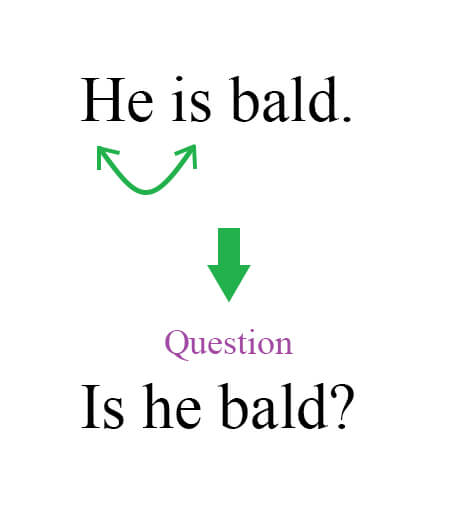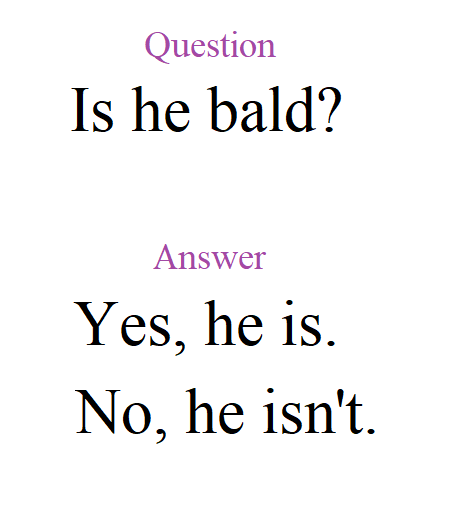Asking a Yes-No Question with an Adjective
- Yes-no questions can be formed with a subject and an adjective.
- The structure is: "Is/Are" + Subject + Adjective + ?
- Subjects can be subject pronouns, demonstrative pronouns, or "there".
- Ensure "is" or "are" matches the subject - "is" for singular, "are" for plural.
Simple yes-no questions can be formed using a subject and an adjective in English. These questions are easy to make and understand. Let's learn how to use them properly.
Yes-No Questions with Subject and Adjective
To form a simple yes-no question in English, switch the order of be verb and subject. The basic structure is: "Is/Are" + Subject + Adjective + Question Mark (?).

Examples:
-
Is the cat big?
Be verb - subject - adjective?
-
Are you happy?
Be verb - subject - adjective?
-
Is he a nice man?
Be verb - subject - adjective - noun?
With subjects like "this", "that", "these", "those" or "there", the same rule applies.
Examples:
-
Is this real?
Be verb - subject - adjective?
-
Are there many people?
Be verb - subject - adjective?
Remember to match the verb "to be" with the subject. "Is" is used with singular and "Are" is used with plural.
How to answer a Yes-no question
You can answer a Yes-No question with "Yes, (something) is" or "No, (something) is not."

Examples:
-
Is this real?
- Yes, it is.
- Yes, it is real.
-
Are there many people?
- No, there aren't.
- No, there aren't many people.
Pratique este tópico com o AI English Tutor
AI English Tutor irá lhe ensinar a gramática e praticá-la com você em formato de conversação. Além disso, mais de 100 questões práticas sobre este tópico para consolidar sua compreensão.
Experimente ALULA gratuitamente em seu telefone ou tablet








Você tem alguma dúvida sobre esta lição? Pergunte na seção de comentários, abaixo.